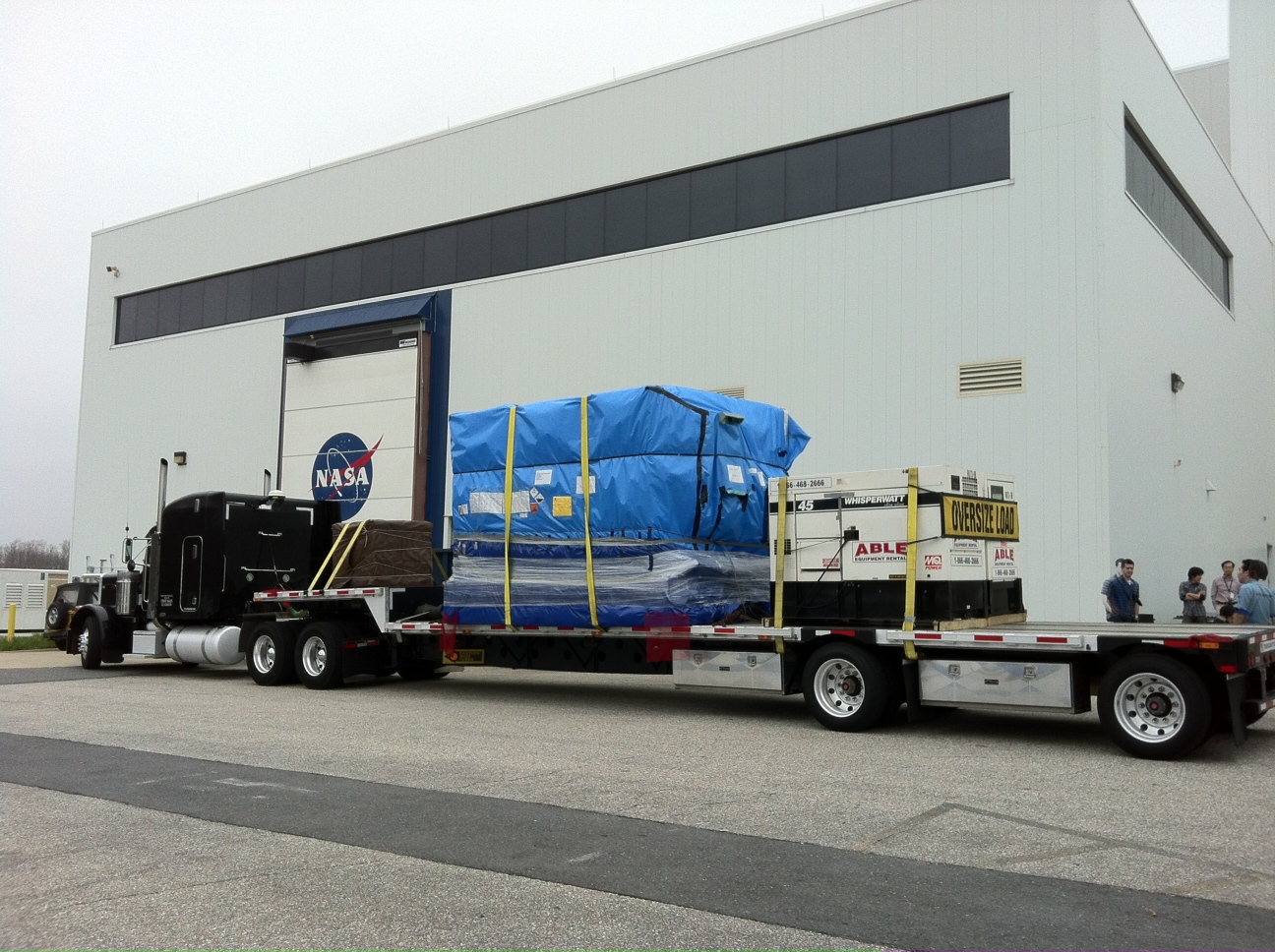GPM High Gain Antenna System (HGAS) Testing



Engineers from the Japan Aerospace Exploration Agency (JAXA) and NASA Goddard Space Flight Center in Greenbelt, Md. oversee the arrival and unpacking of the dual-frequency Precipitation Radar (DPR) built by Japan for the Global Precipitation Measurement (GPM) mission's Core Observatory satellite. Comprised of two radars, the DPR is one of two instruments that will fly on the satellite, scheduled for launch in February 2014.
Video Text:
[ Music ] [ Music ]
For six weeks in Ontario, Canada, scientists and engineers lead a field campaign to study the science and mechanics of falling snow. The datasets retrieved will be used to generate algorithms which translate what the GPM Core satellite "sees" into precipitation rates, including that of falling snow. Ground validation science manager Walt Petersen gives a summary of the GCPEx field campaign. Field campaigns are critical in improving satellite observations and precipitation measurements.
Video Text:
